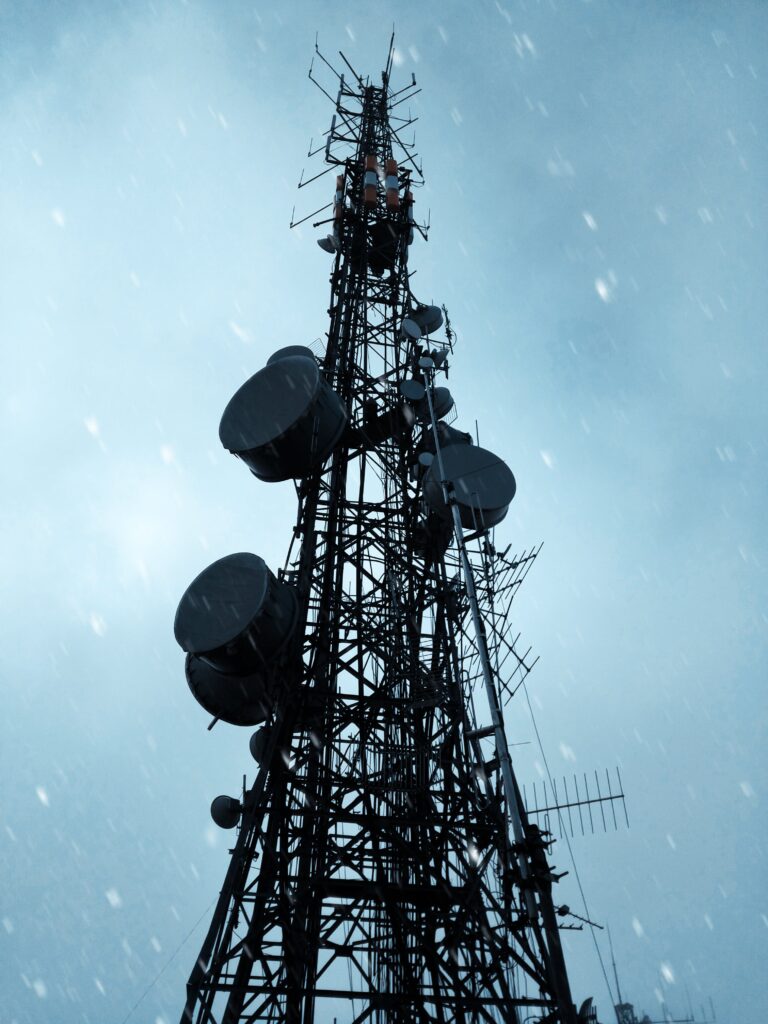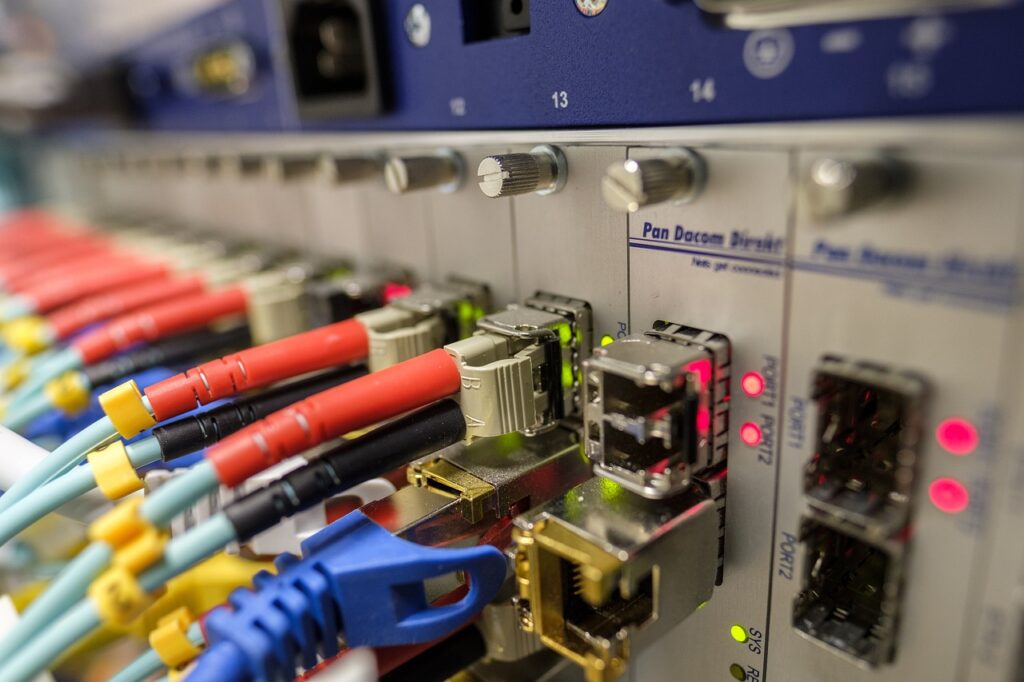
Newsgaints. Embark on a captivating journey through the digital tapestry of our connected world in ‘Unraveling the Threads: Tracing the Origins of Internet Signals.’ This immersive exploration delves deep into the intricate web of technology, unveiling the unseen pathways that carry the heartbeat of the internet. From the pulsating origins of signals to the sprawling networks that bind us, this narrative weaves a spellbinding tale of connectivity, unveiling the invisible threads: Tracing the Origins of Internet Signals.
Introduction: The Invisible Web
In our digitally woven world, internet signals seamlessly connect us. But have you ever wondered where these signals originate, pulsing through our devices like invisible threads?
1. Cellular Towers: Where Waves Take Flight
As we browse, stream, and connect on our mobile devices, cellular towers play a vital role. These towers transmit signals through radio waves, linking us to the vast expanse of the internet.

2. Wi-Fi Networks: The Magic Within Your Home
Step inside the magical realm of Wi-Fi, where routers emit signals that dance through the air, creating the wireless web that envelops our homes and public spaces.

3. Satellite Internet: Signals from the Heavens
In remote corners of the Earth, where towers may not reach, satellites become our silent companions, beaming internet signals from the skies.

4. Fiber-Optic Wonders: Light-Speed Connections
Delve into the world of fiber-optic cables, where light pulses traverse under oceans and across continents, forming the backbone of high-speed internet connections.

5. Cable Internet: Riding the Coaxial Waves
Explore how coaxial cables transmit internet signals to our homes, riding waves of electrical pulses to deliver the vast world of online possibilities.

6. DSL: Internet Through Telephone Lines
In a technological ballet, Digital Subscriber Line (DSL) internet gracefully traverses traditional telephone lines, harmonizing voice calls and data transmission.
Who invented Internet?
1. Paul Baran: In the 1960s, Paul Baran developed the concept of packet switching, a fundamental technology for data transmission.
2. Leonard Kleinrock: In the late 1960s, Kleinrock published the first paper on packet switching theory, contributing to the theoretical groundwork for the ARPANET.
3. ARPANET: The Advanced Research Projects Agency Network (ARPANET) was the first network to use the internet protocol suite. It was developed by the United States Department of Defense in the late 1960s and early 1970s.
4. Vinton Cerf and Bob Kahn: They are often credited with developing the Transmission Control Protocol (TCP) and the Internet Protocol (IP), forming the foundation for the modern internet.
5. Tim Berners-Lee: In 1989, Berners-Lee proposed the World Wide Web, introducing concepts like URLs, HTTP, and HTML. This greatly contributed to the internet’s widespread accessibility and usability.
While these individuals played crucial roles, the internet’s development involved the collaboration of many researchers, engineers, and institutions over several decades. It is a decentralized and evolving technology with no single inventor.
Thanks for reading ☺️. For more interesting article go to 20 amazing facts on plants

Leave a Reply